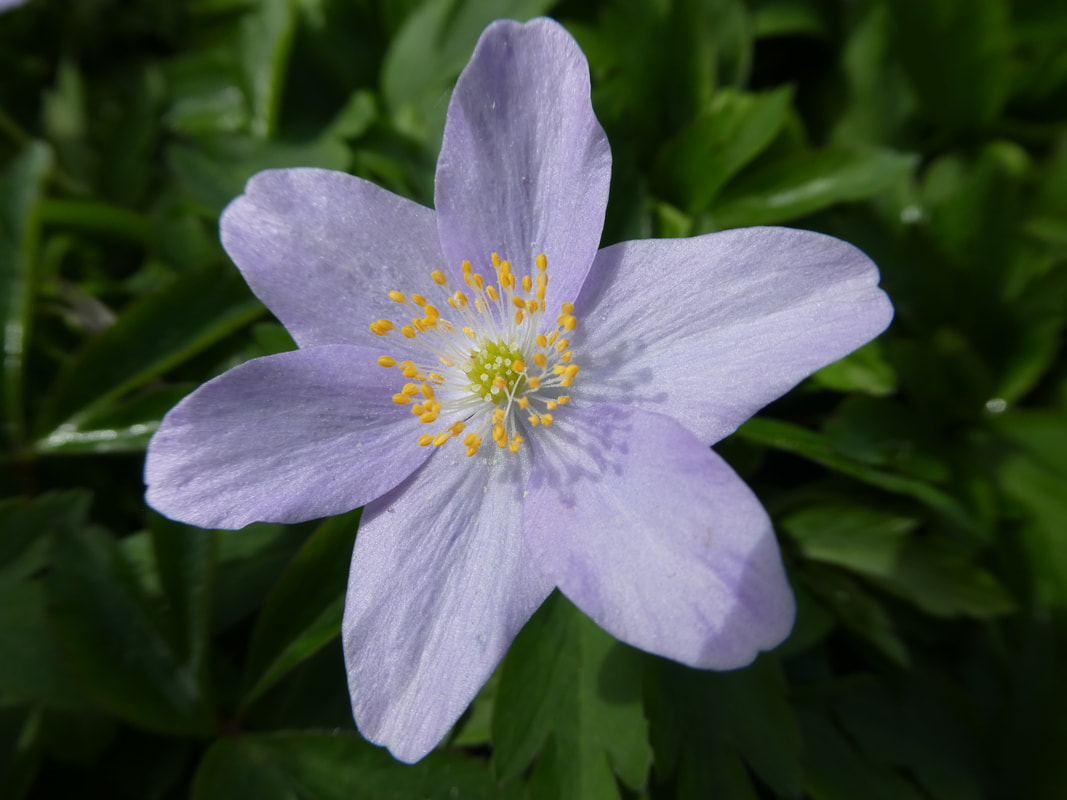

* Please note: the comments by website users are not necessarily those held by PFAF and may give misleading or inaccurate information. If you think a comment/link or information contained on this page is inaccurate or misleading we would welcome your feedback at If you have questions about a plant please use the Forum on this website as we do not have the resources to answer questions ourselves. Only comments or links that are felt to be directly relevant to a plant will be included. If you have important information about this plant that may help other users please add a comment or link below. Spread being typically quoted at 6 feet per century (Flora Britanica 0amongst many others). In many areas of Britains it is considered an Ancient Woodland Indicator species- characteristic of which is its low rate of dispersal and spped of spread. Moisture: D = dry M = Moist We = wet Wa = water.įor a list of references used on this page please go hereĭespite the claim in ref.4 (Grieve 1930s/reprinted 1984) wood anemone does not spread rapidly even when ideally sited. From: Urban Forestry & Urban Greening, 2021.
ANEMONA NEMOROSA FULL
Shade: F = full shade S = semi-shade N = no shade. Moreover, Anemone nemorosa can be cultivated is the artificial grasslands. pH: A = acid N = neutral B = basic (alkaline). Soil: L = light (sandy) M = medium H = heavy (clay). Plants begin to go dormant in summer as temperatures rise and tree leaves reach mature size (more shade). Best in part shade (avoid hot afternoon sun). Pasque Flower, Eastern pasqueflower, Cutleaf anemone Easily grown in moist, humus-rich, fertile, slightly acidic, well-drained loams in part shade to full shade. Wind Flower, Wood anemone, Twoleaf anemone, Nightcaps

Narcissus-Flowered Anemone, Narcissus anemone IUCN Red List of Threatened Plants Status : Please note that a plant may be invasive in one area but may not in your area so it’s worth checking. If available other names are mentioned hereĬountries where the plant has been found are listed here if the information is available

Division in late summer after the plant dies down. When the plants are large enough, plant them out in the spring. When large enough to handle, prick the seedlings out into individual pots and grow them on in light shade in the greenhouse for at least their first year. The seed usually germinates in 1 - 6 months at 15°c. Sow stored seed as soon as possible in late winter or early spring. Surface sow or only just cover the seed and keep the soil moist. Seed - best sown in a cold frame as soon as it is ripe in the summer. Our new book to be released soon is Edible Shrubs. Book titles include Edible Plants, Edible Perennials, Edible Trees, and Woodland Gardening. nemorosa, with petaloid sepals numbering mostly 8-14 per flower, blue or rarely white, and rhizomes tuberous). Plants For A Future have a number of books available in paperback and digital form. Anemone blanda: petaloid sepals numbering mostly 6 or 7, white to pink or rarely blue, and rhizomes without tubers (vs.


 0 kommentar(er)
0 kommentar(er)
